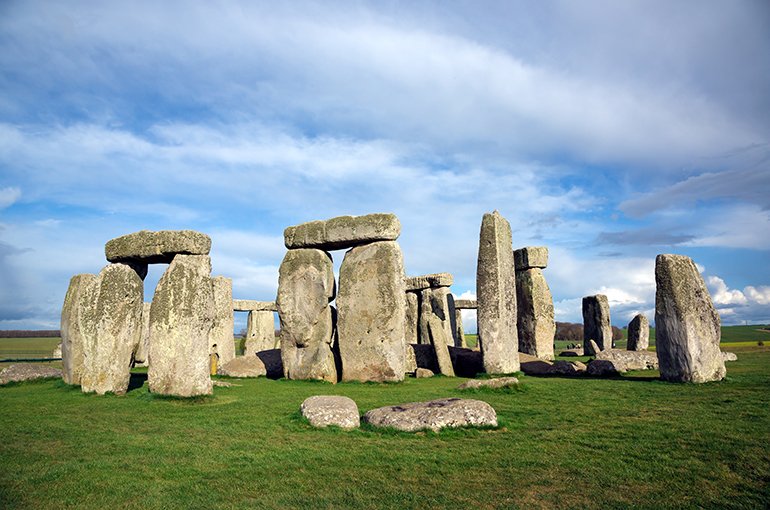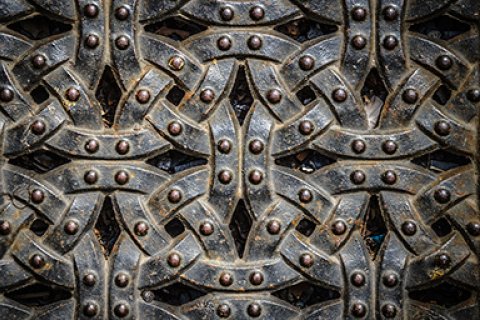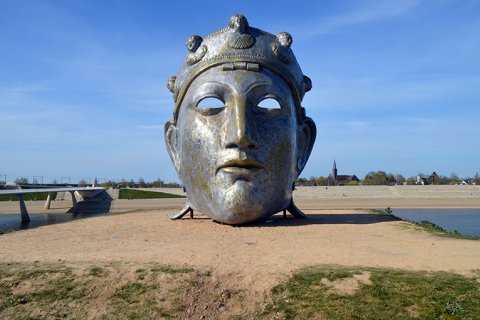Ancient DNA study reveals large-scale migrations into Bronze Age Britain

A major new study of ancient DNA shows that people in the Bronze Age, between 1300-800 BC, migrated on a larger scale from the European continent to southern Britain than has been assumed so far. Moreover, the study suggests that Celtic languages may have arrived in Britain earlier than has been thought before. The study, published in Nature, is co-authored by Kadir Toykan Özdoğan, who has recently started as a PhD candidate in the History and Art History department in the Constructing the Limes project. He contributed to the DNA extractions in a specialised lab.
For this study, led by the University of York, Harvard Medical School, and the University of Vienna, scientists examined the DNA of nearly 800 ancient individuals, which makes this the largest such analysis published to date. The new DNA evidence shows that long-distance mobility in the Bronze Age was not restricted to a few individuals, such as traders or small bands of warriors, but instead that considerable numbers of people were moving, across the whole spectrum of society.
Sustained contacts
Rather than through a violent invasion or a single migratory event, the genetic structure of the population in southern Britain changed through sustained contacts between mainland Britain and Europe over several centuries, such as the movement of traders, intermarriage, and small-scale movements of family groups. The study finds evidence that the new migrants moving into southern Britain became thoroughly mixed into the population there in the period 1000-875 BC. According to the researchers, the migrants are most likely to have come from communities in and around present-day France.
Earlier arrival of Celtic languages in Britain?

The new DNA evidence may also shed light on the long-standing question of when early Celtic languages arrived in Britain. Since population movement often drives linguistic change, the new DNA evidence significantly strengthens the case for the appearance of Celtic languages in Britain in the Bronze Age. Conversely, the study shows little evidence for large-scale movements of people into Britain during the subsequent Iron Age, which has previously been thought of as the period during which Celtic languages may have spread.
Bones and teeth
Kadir Toykan Özdoğan participated in the study when he was a Master's student at the Department for Evolutionary Anthropology at the University of Vienna and worked there as a lab technician. In the lab, he prepared human skeletal remains (mostly petrous bones and teeth) for DNA extractions by powderising them.
Kadir T. Özdoğan explains how this type of lab research is conducted:
“For this kind of studies, human skeletal remains that were recovered from archaeological excavations are brought to a special lab where ancient DNA is studied. These labs are ultra-clean in order to avoid contamination modern and undesired ancient DNA (from other samples). The bone samples are prepared, processed and sent for DNA sequencing according to already published special protocols. After receiving the raw sequencing data, the rest is computational biology (bioinformatics). By using computational tools, researchers can spot the relatedness between past or modern populations, ancestral contributions or, in other words, they can put an (ancient or modern) individual in greater family trees of humans.”
The DNA samples Özdoğan worked on for this study were from the middle and south of Europe, the area of present-day Italy, France, Austria, Slovakia, Hungary, Serbia, Croatia and Czechia.
Ancient DNA research at Utrecht University

At Utrecht University, ancient DNA research is conducted by Kadir T. Özdoğan and Dr. Gertjan Plets as part of the groundbreaking interdisciplinary project Constructing the Limes that investigates how the limes, the border of the Roman empire, impacted the lives of people living in the border zone. The project combines a range of perspectives from the humanities, exact sciences and archaeology, and enables the public to participate in the research. One aspect of the project is a study of environmental DNA, genetic traces found in the soil that provide insights into food and diseases, among other things.

